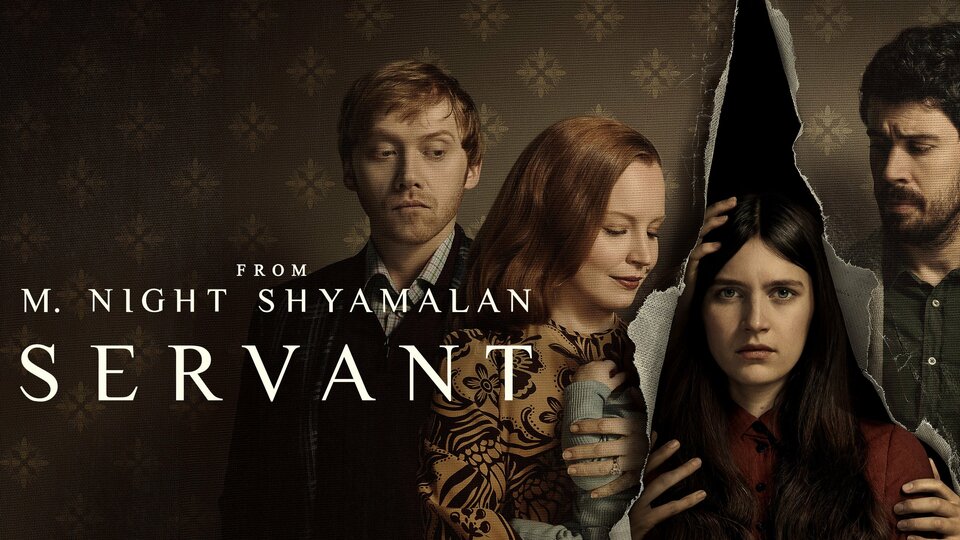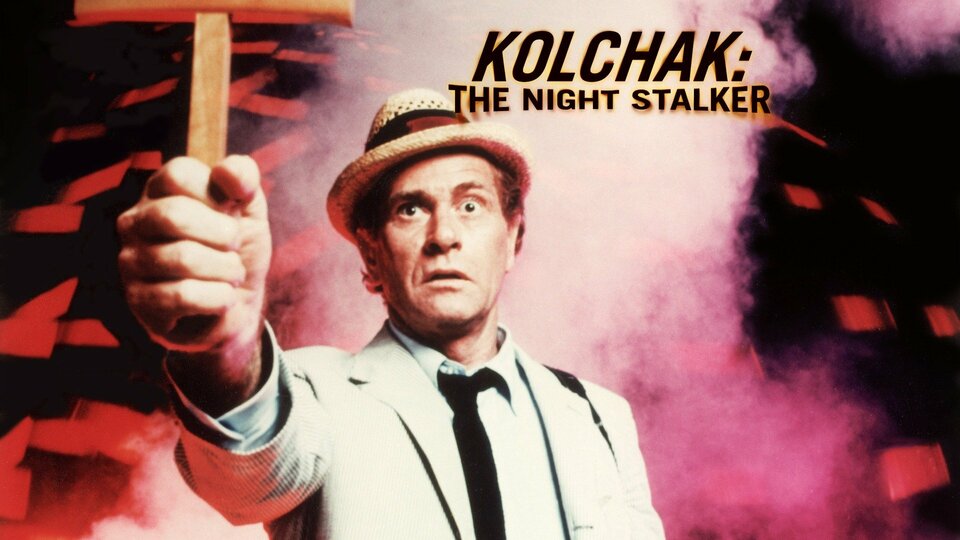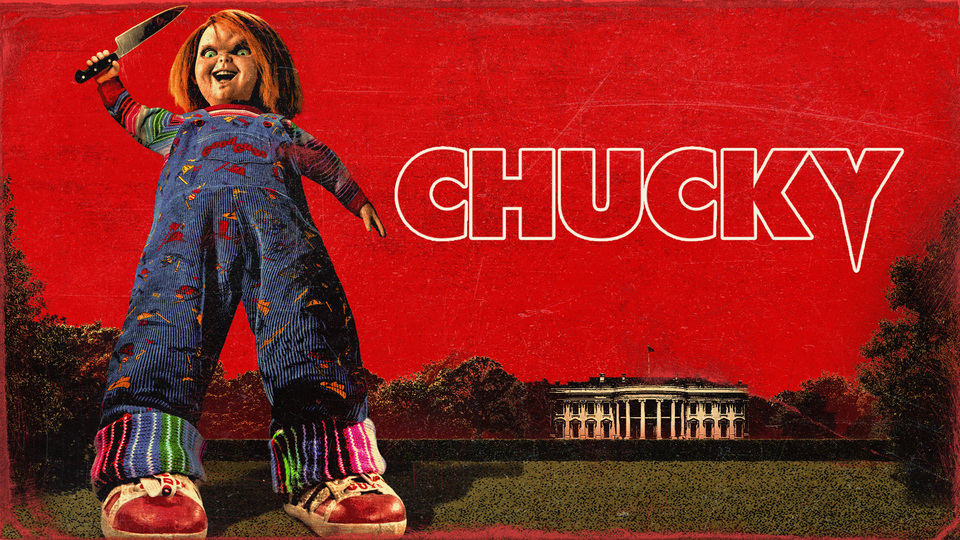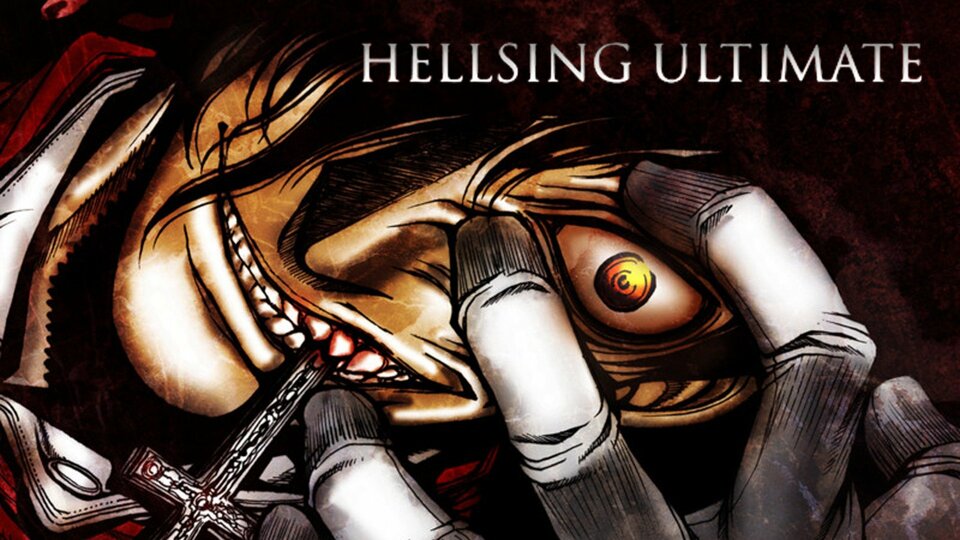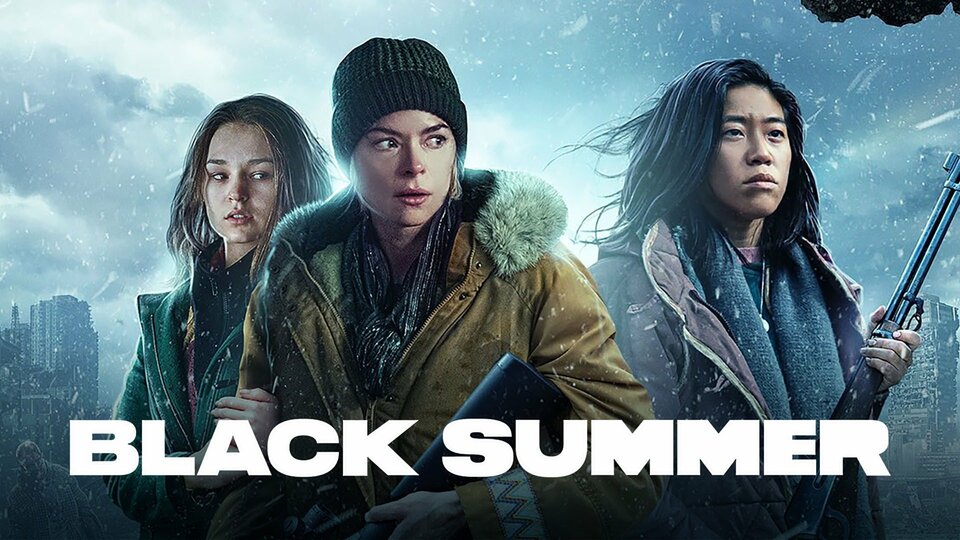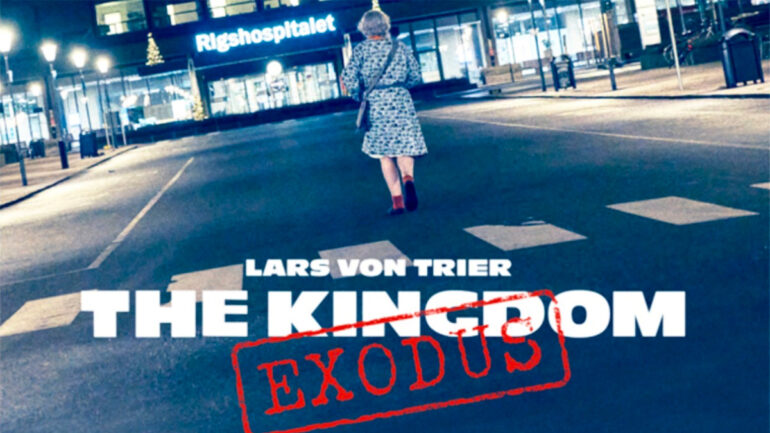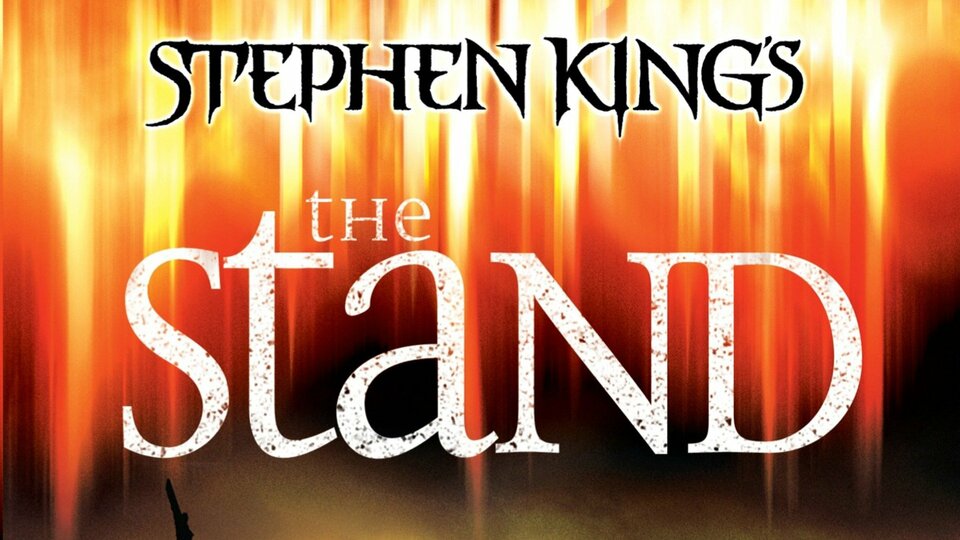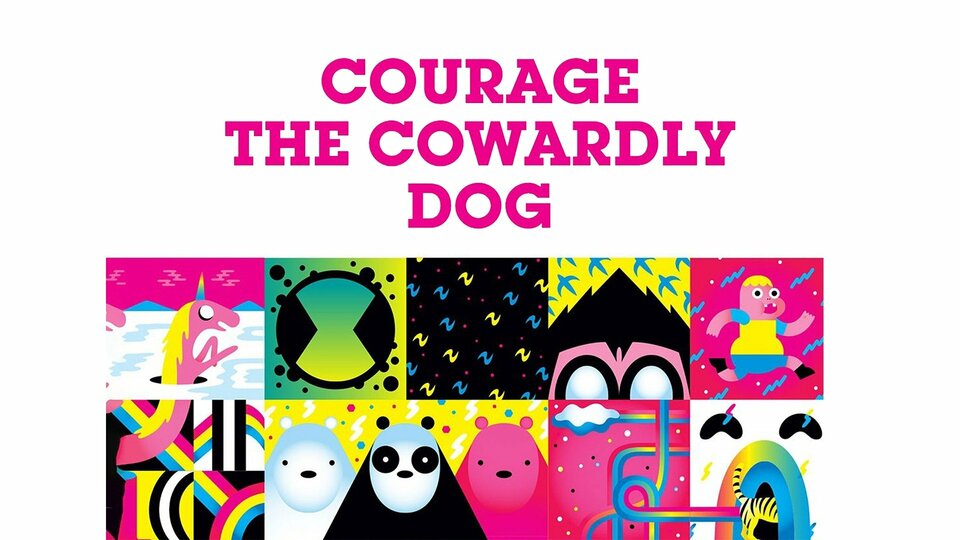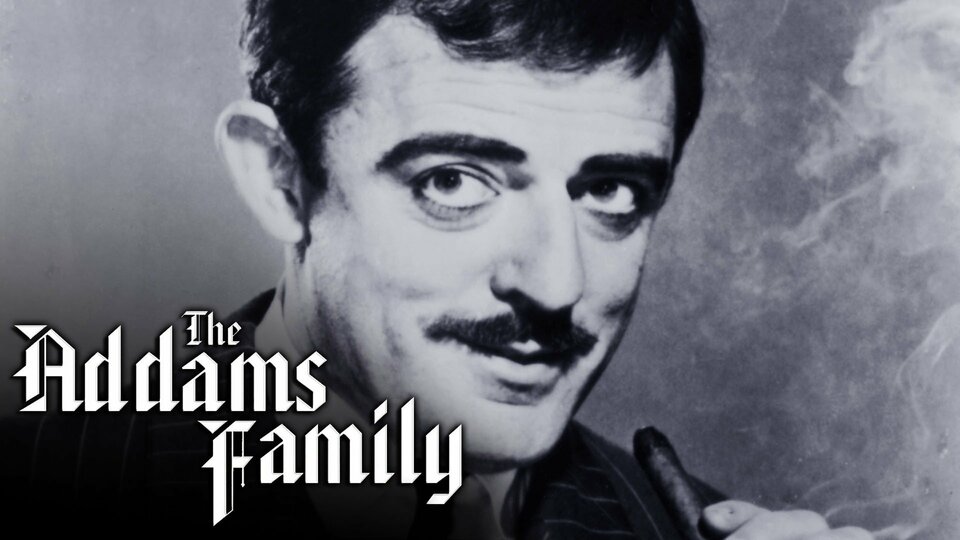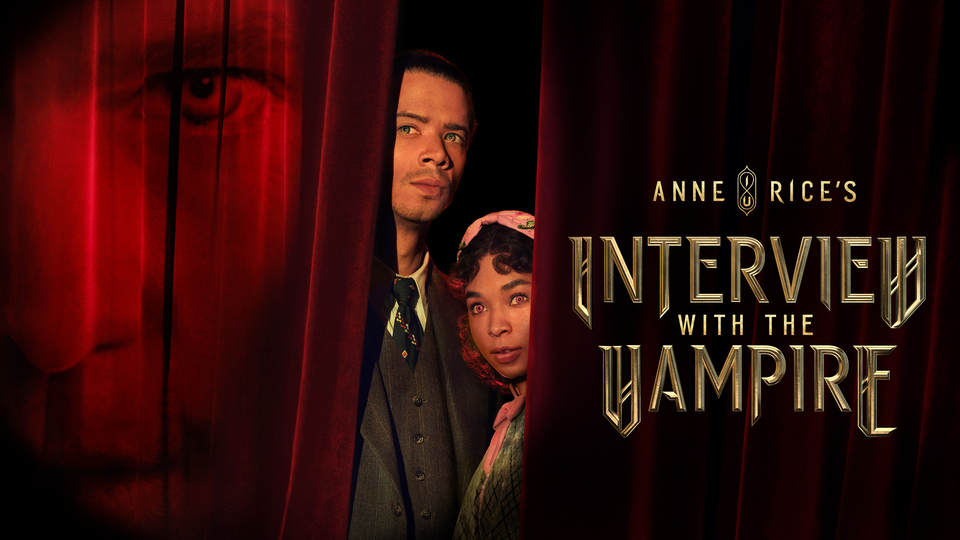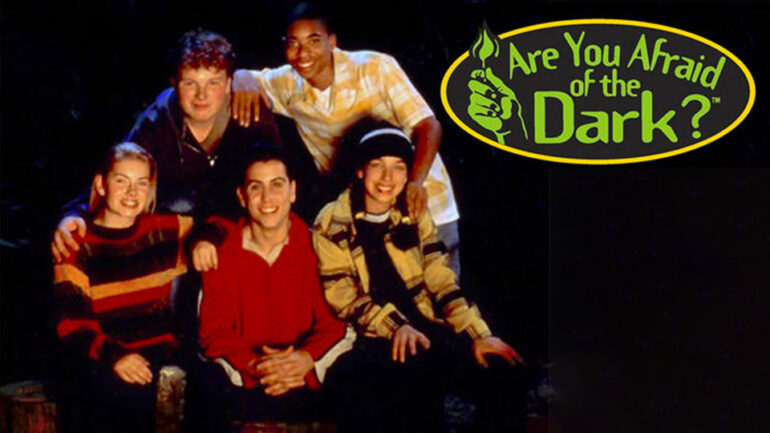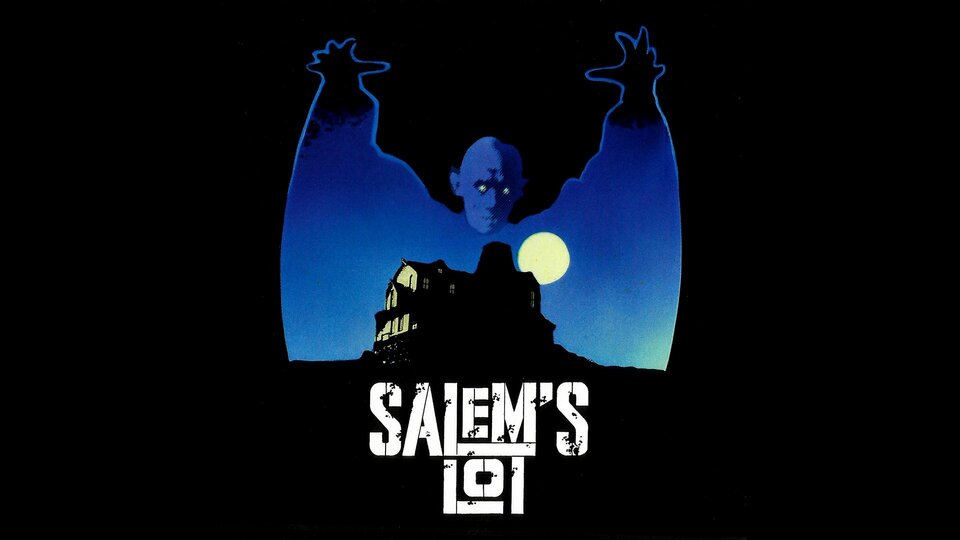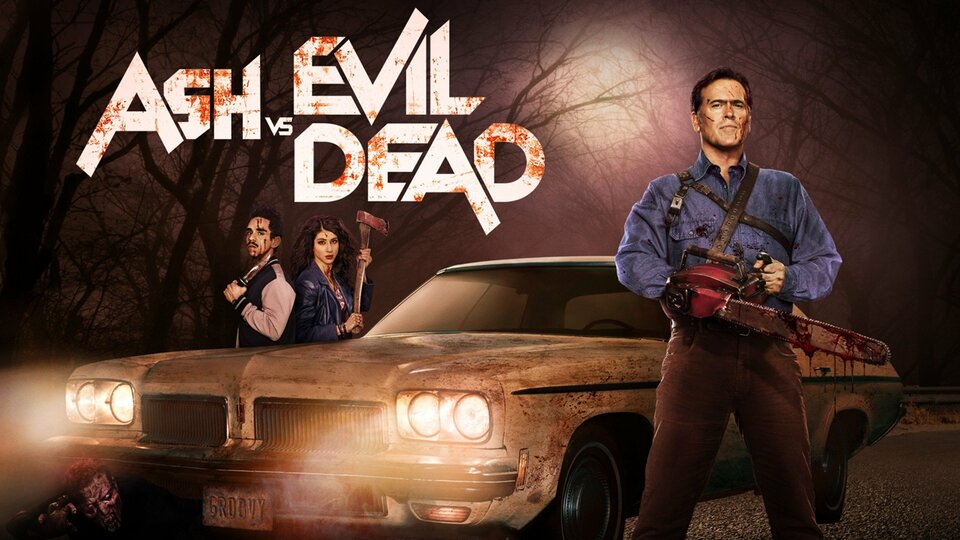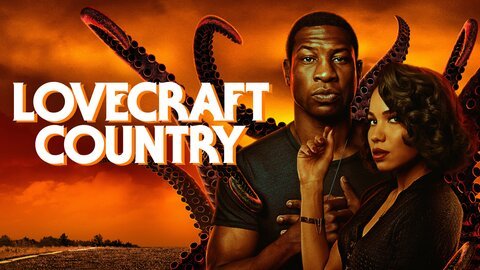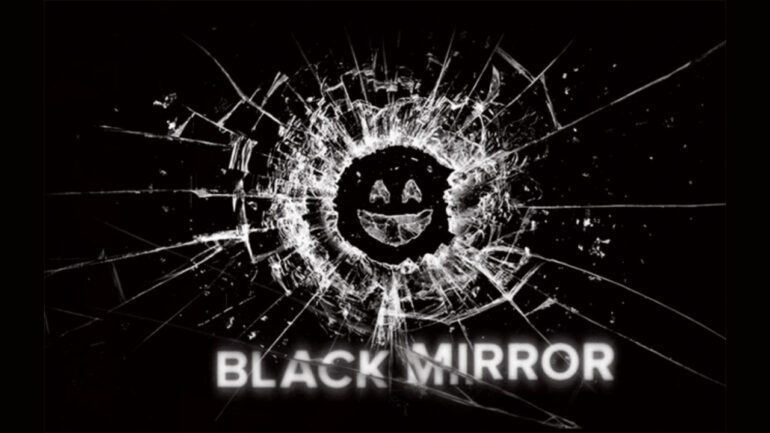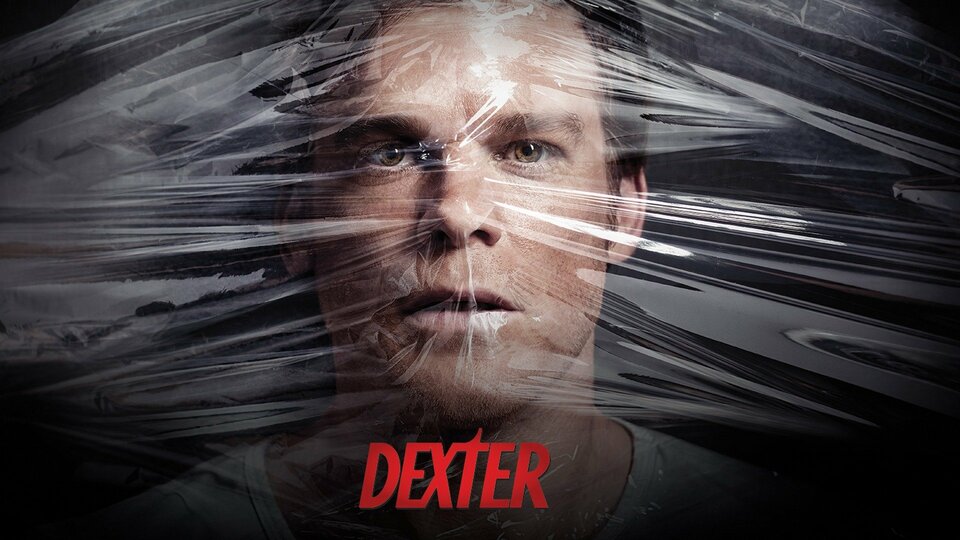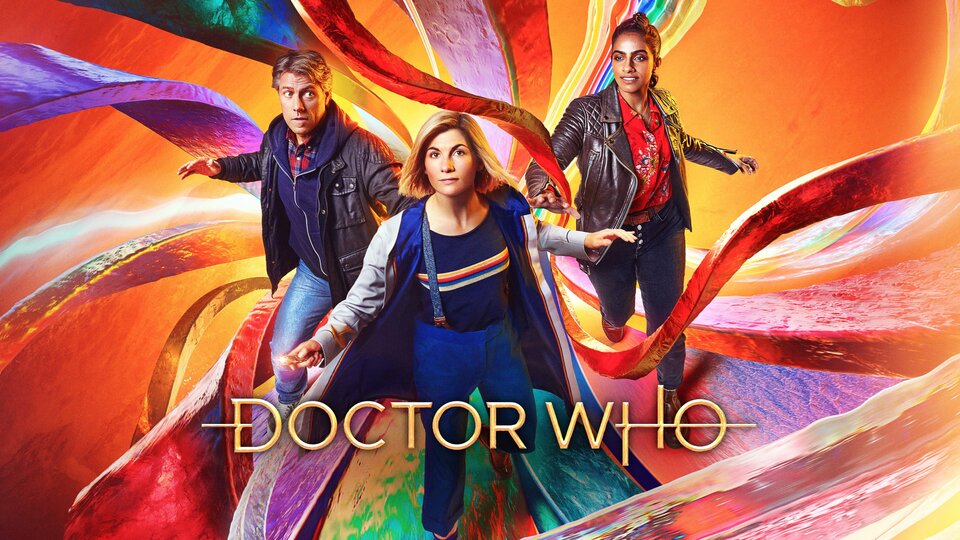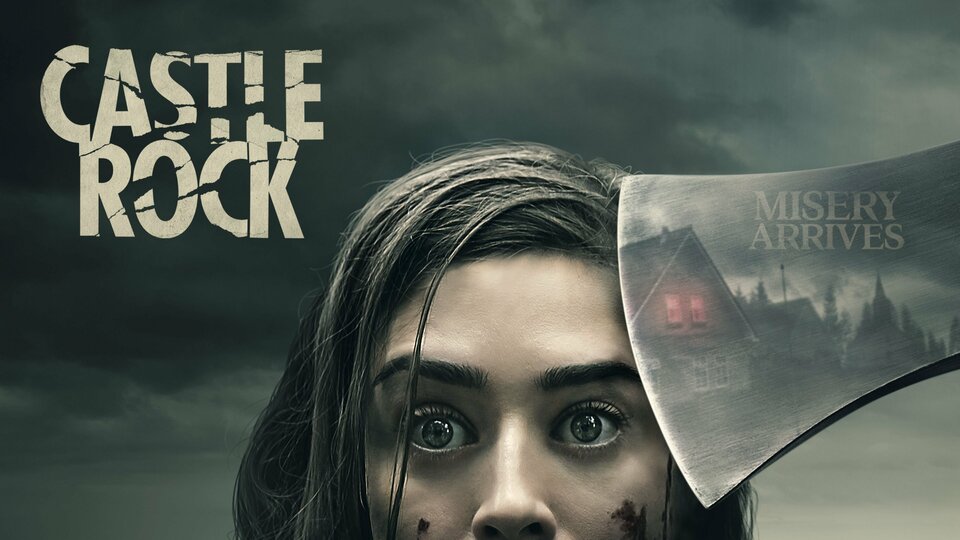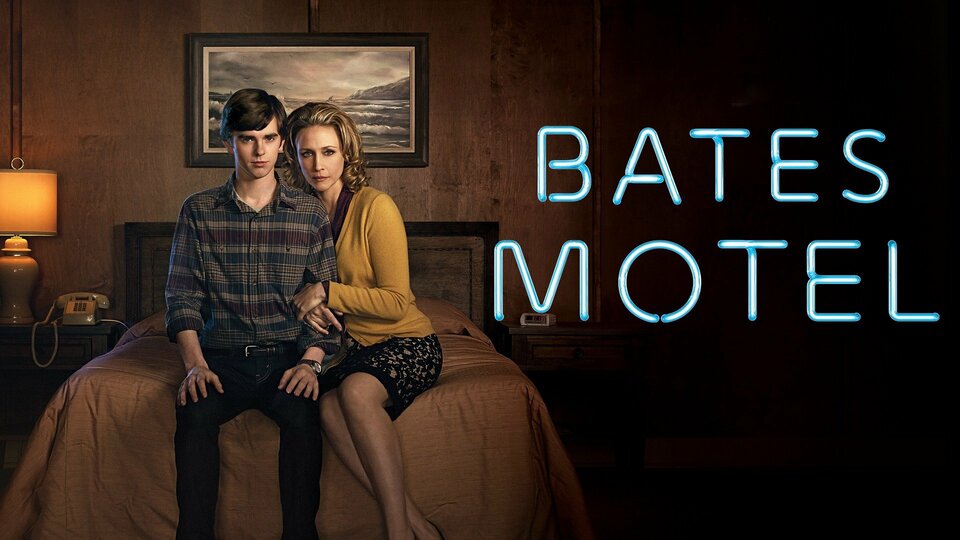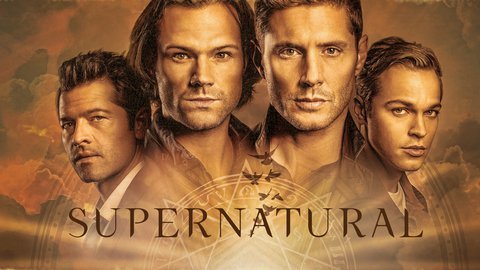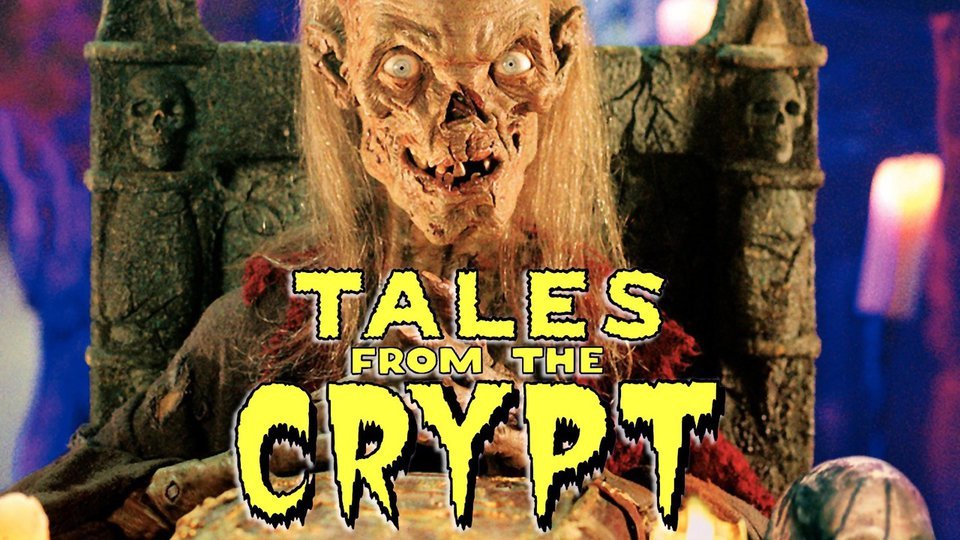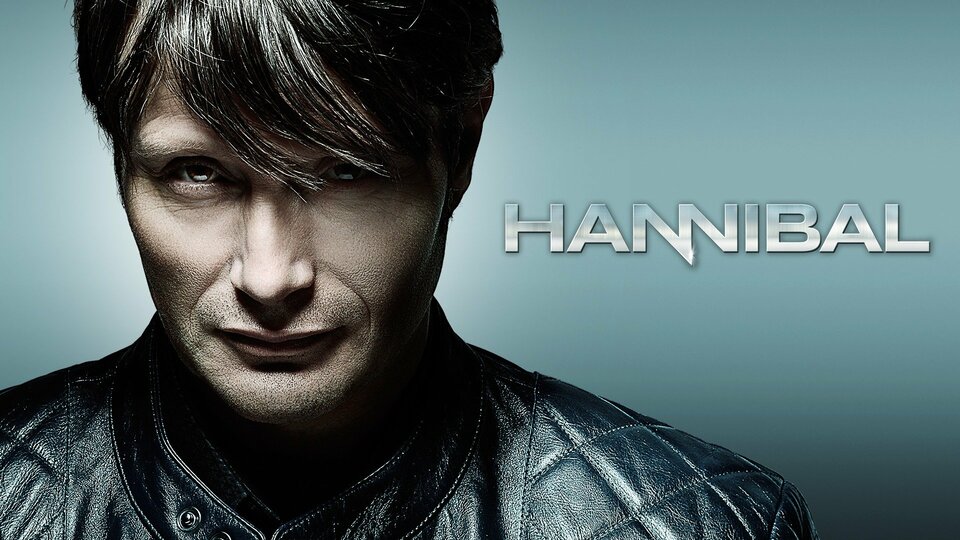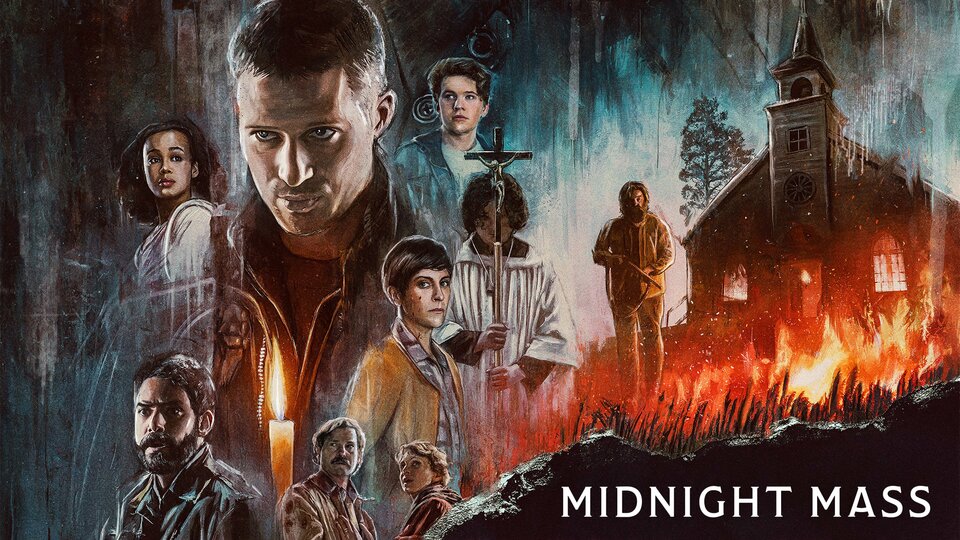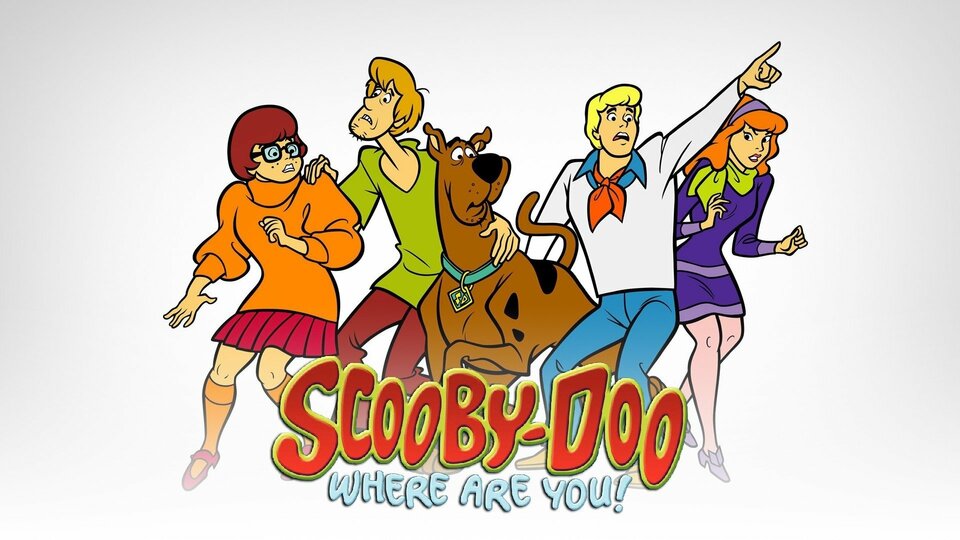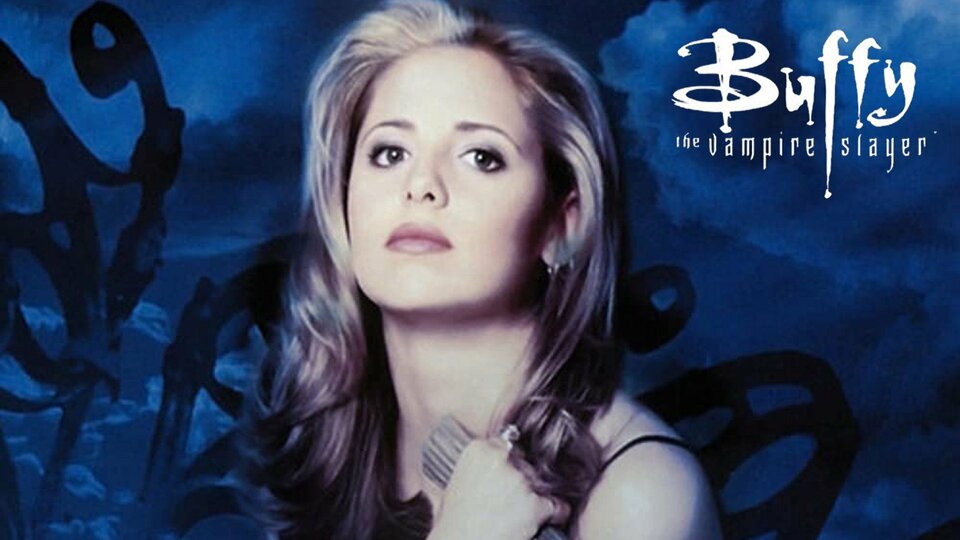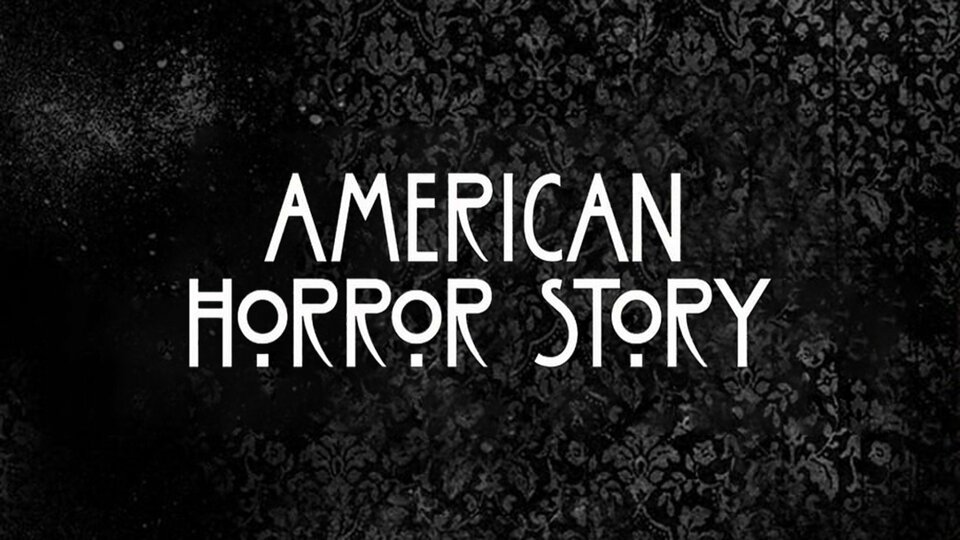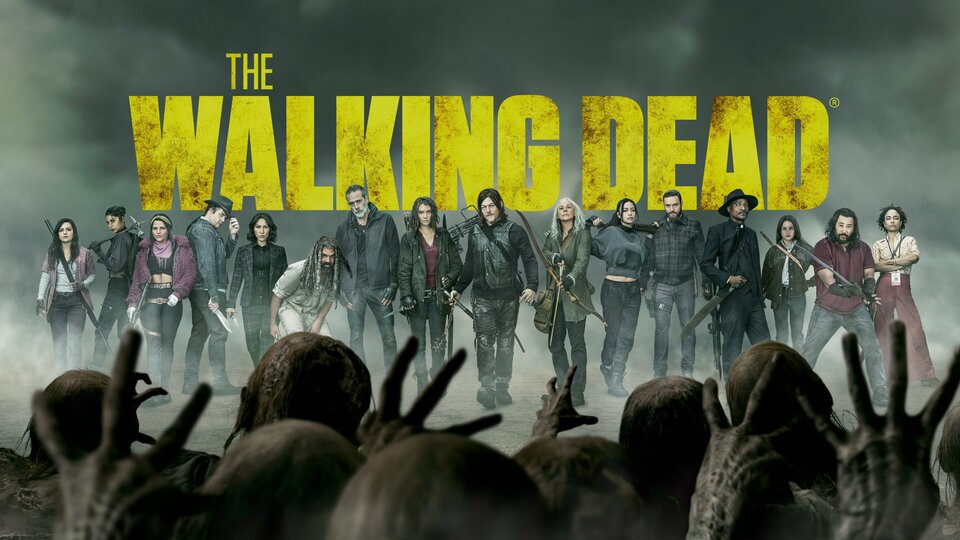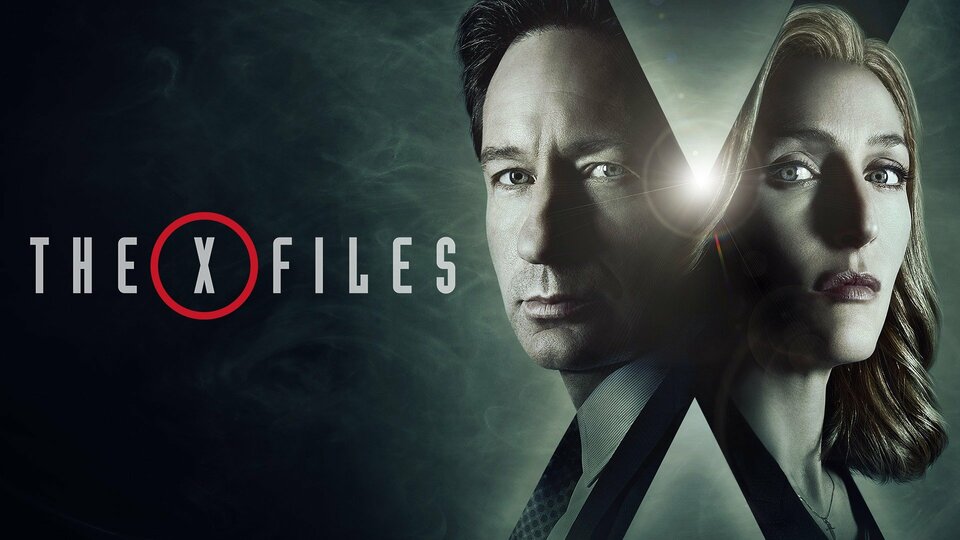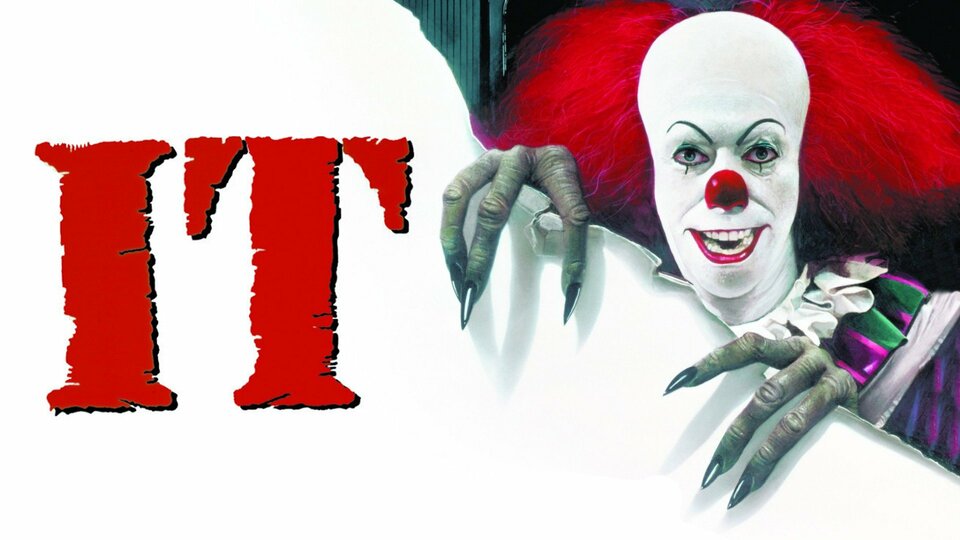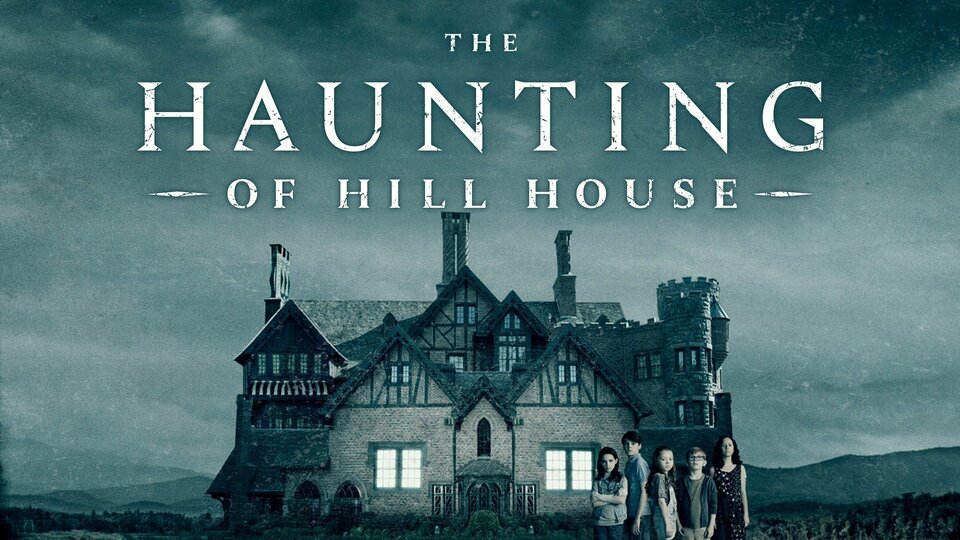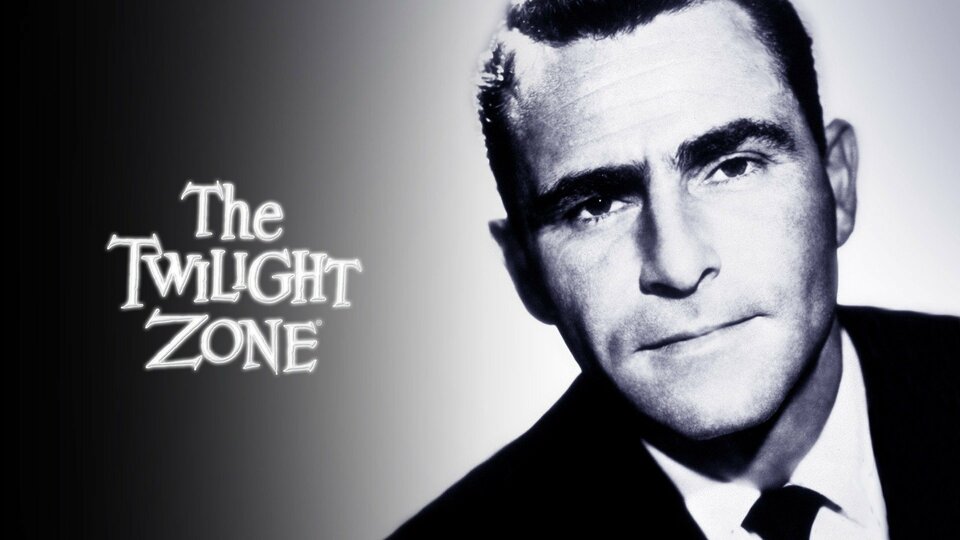40 Best Horror TV Shows of All Time
You don’t need to go to the theaters to find pristine horror content, as there are many television masterpieces, new and old, to look at in awe. From the time of The Twilight Zone and Alfred Hitchcock Presents, horror and TV have always been synonymous with each other.
For the last decade or so, we’ve been in a horror era that has most definitely not been exclusive to the big screen, with some shows leaving just as big a mark on pop culture as Rod Serling and Hitchcock‘s creations. Take, for instance, Supernatural, and Mike Flanagan‘s shows such as The Haunting of Hill House, and Hannibal. And there are even those you might not think are that scary at first thought — like Doctor Who and Courage the Cowardly Dog — but take a closer look.
Now that Halloween is around the corner, why don’t you commit yourself to watching a few of the best horror television shows of all time from the selection below? (Spoiler alert for all!)
Servant
One of Apple TV+’s flagship series, this original from Tony Basgallop and M. Night Shyamalan plays with viewers’ psychology and poses a lot of questions up front before offering some deeper, more terrifying revelations. Centering around couple Dorothy (Lauren Ambrose) and Sean (Toby Kebbell), their lives take an ominous turn when a young woman named Leanne (Nell Tiger Free) shows up at their door to serve as a nanny to their young baby. But the infant Jericho isn’t alive, he’s a reborn doll, used to help Dorothy cope with the tragic loss of their son who died at 13 weeks. As viewers see Leanne cares for the fake baby, a air of suspense hangs in the air, because Leanne isn’t quite normal herself. It’s an eerie watch that will keep you thinking long after the final credits roll. —Meaghan Darwish
Kolchak: The Night Stalker
Considered a cult classic despite only airing for one season, Kolchak: The Night Stalker aired on ABC and followed wire service reporter Carl Kolchak, played by Darren McGavin. Known for investigating mysterious crimes, Kolchak focused on unlikely causes with a particular focus on the supernatural. Essentially a monster crime series, Kolchak was spawned from two previously released films The Night Stalker and The Night Strangler. The series can take credit for inspiring another fan-favorite series, The X-Files. The series and character remain relevant for a reason as Kolchak paved the way for hits that have come since its 1970s airing. —Meaghan Darwish
Rose Red
“Come in. You are expected.” Horror master Stephen King wrote the screenplay for this 2002 miniseries based on the book The Diary of Ellen Rimbauer: My Life at Rose Red by Ridley Pearson. It’s a fantastic haunted house story with a memorable cast that includes Nancy Travis, Halloweentown’s Kimberly J. Brown, Melanie Lynskey, Emily Deschanel, and more as a college professor and a group of psychics who stay in the eerie mansion hoping to solve mysterious deaths that occurred there. Instead, they end up unleashing a terrifying force that could destroy all. The three-episode story is finally available to watch on Hulu after years of being MIA from streaming services, and fans love it for its unsettling atmosphere and slow pace that created space for some of the scariest sights on TV. Twenty years later, the frights still hold up, and the CGI (while clearly a product of 2002) was ahead of its time. —Kelli Boyle
Chucky
After successfully resurrecting itself following its initial trilogy with Bride of Chucky, the series experienced a period of stagnation. However, it gradually expanded its mythology with the beloved Curse of Chucky. When an attempt to reboot the franchise failed, it became evident that only creator Don Mancini truly understood the Child’s Play/Chucky fan base. As a result, he was granted the opportunity to develop a television series within the same continuity as every preceding film (sans the 2019 remake).
This titular series intricately wove together the rich history of the killer doll’s dark exploits, providing Mancini with the creative freedom to explore the gender and themes of sexuality he had only touched upon in the films. The outcome is now celebrated as one of the most iconic Chucky installments of all time. It rejuvenated the possessed doll once more, firmly establishing Chucky alongside the likes of horror icons such as Pennywise and Michael Myers. It also proved to dolls Annabelle and even newcomer Megan that Chucky can still provide some competition coming out of the toybox for playtime. —Isaac Rouse
Hellsing Ultimate
Hellsing Ultimate walked so Castlevania and its successor series could run.
It serves as a more faithful adaptation of its manga source material and is often viewed as a remake of the original Hellsing mini-series from 2001. The 2008 series follows the vampire Alucard, his master Sir Integra Fairbrook Wingates Hellsing, and his newly turned ward Seras Victoria as they strive to protect England from a war-mongering SS-Major intent on unleashing an eternal conflict with his vampire army. The updated art style and animation strongly emphasize violence and gore, making it an exhilarating and action-packed choice, particularly suited for the spooky season.
However, the ultraviolence, unsettling character expressions, and occasional risqué moments may not be suitable for those with a faint heart. —Isaac Rouse
Black Summer
If you’re into zombie shows that give you a perspective of every character before they all interact to form a larger story, this is the one for you. Director John Hyams delivered a zombie thriller before the world becomes completely post-apocalyptic. Each episode shows the main character’s perspective, and just because they have an episode doesn’t mean they’ll live till the end. Outside of the fast-paced moments that pique your adrenaline and frantic camera that makes you anxious, what got me was an episode focused on someone turning into a zombie and following them through their rampage. It’s the perfect binge for lovers of zombies and a world descending into chaos. —Ennica Jacob
The Kingdom
Set in the Joseon era of Korea a ‘resurrection plant’ that brings the dead back to life is used for political gain but ends with mass hysteria. Kim Eun-hee created this zombie terror using a storyline that teeters between politics and humanity. Each character has moments where their morality is called into question with the situation being, that more live bodies means more hands to fight the dead ones. The zombies are vicious and terrifyingly fast making it for a fast-paced, anxiety-driven watch. The dialogue gets you hooked, as you try and follow the use and exchange of power against the traveling and sharing of information for survival. With two successful seasons and a prequel movie, there’s a lot to look forward to if there’s a third season. —Ennica Jacob
From
Imagine Lost but with an unapologetically horrifying twist. Created by John Griffin, MGM+‘s From unfolds in a nightmarish middle-American town that ensnares anyone who dares to enter. Its unwilling inhabitants struggle to survive and seek an escape, all while being tormented by terrifying nocturnal creatures lurking in the surrounding woods.
In Season 2, From delves deeper into the desperate measures the residents are willing to take to unravel the mysteries of their nightmarish confinement. As fresh threats to their safety and sanity emerge, hope dwindles, and tensions escalate. Hidden truths about the town’s ominous origins gradually come to light, plunging the residents into chaos with the arrival of enigmatic newcomers.
The series masterfully crafts an atmosphere of tension and suspense as characters confront both the ever-present menace of the forest’s nocturnal creatures and the enigmatic newcomers. This relentless sense of dread, alongside the hope of some answers, keeps viewers on the edge of their seats throughout the series, making From a must-watch for horror enthusiasts. —Isaac Rouse
The Stand
Based on Stephen King’s 1978 novel, The Stand follows the story of survivors in the wake of a deadly plague that wipes out most of the Earth’s population. Splitting into two groups, one set of survivors is led by a kind leader, while the others are guided by an evil figure. This adaptation aired on ABC and earned several Emmy nominations. Well-regarded by fans of King’s original novel, the writer penned the script and even appeared in two episodes of the miniseries which also starred Gary Sinise, Molly Ringwald, Jamey Sheridan, Ruby Dee, and Miguel Ferrer among others. —Meaghan Darwish
Courage the Cowardly Dog
Debuting in 1999, this Cartoon Network fare may have appeared benign on the surface, but was actually terrifying to watch as the show’s core kid audience, and even now as an adult, we’d argue. As the title states, Courage is a pup who is anything but brave, even if he often finds himself in charge of rescuing the elderly couple, Muriel and Eustace, that he lives with. Visited by supernatural entities, ranging from King Ramses to the Spirit of the Harvest Moon, their life in the middle of Nowhere is anything but boring. —Meaghan Darwish
The Addams Family
Not every spooky show has to be scary. Sometimes they’re creepy and kooky sitcoms! The original Addams Family ran for just two seasons in the 1960s, but audiences everywhere still love this macabre family. Nearly every remake of this classic tale (which began as a New Yorker cartoon by Charles Addams in 1938) is a hit, with Netflix’s Wednesday being the most recent example. Other shows of this ilk, like The Munsters and Dark Shadows, are noteworthy, but we feel The Addams Family is the definitive version of the campy, creepy style. —Kelli Boyle
Interview With the Vampire
Anne Rice’s Interview with the Vampire is one of the most fun shows on television now. It’s sexy and devastating and horrifying. Lestat (Sam Reid, who is deliciously bitchy) turns Louis (the incredibly sympathetic Jacob Anderson) into a vampire and they enter into a toxic, hot, endless on-again-off-again relationship. They’re immortal, after all. Louis takes in the 14-year-old Claudia (Bailey Bass in Season 1, Delainey Hayles in the upcoming Season 2), turns her into a vampire, and the baby makes three. It’s delicious television; it’s at times incredibly serious and heart wrenching, like when Louis has to reckon with whether he wants to kill people, or when Claudia realizes she’ll never get to be an adult, and at other times ridiculously (though morbidly) fun, like when Lestat puppeteers the decapitated head of a train conductor. If you haven’t watched it yet, you still have time before Season 2 premieres to catch up! —Leah Williams
The Following
What’s worse than an escaped serial killer? One who runs a cult of people just like him. The crime thriller follows the cat-and-mouse game of a former FBI agent (Kevin Bacon’s Ryan Hardy) and the aforementioned killer (James Purefoy’s Joe Carroll), as well as the bureau’s attempt to stop the fanatical followers the latter cultivated while in prison. The Edgar Allen Poe masks were disturbing enough. But there’s one episode in which a serial killer fits his victims into boxes. We still shudder when we think about it to this day. —Meredith Jacobs
The Last of Us
There are several episodes that warrant The Last of Us’ inclusion on this list, but one scene from the series premiere set the tone for it all: the getaway drive. In a recreated and heightened interpretation of an iconic scene from the video game, Joel (Pedro Pascal), his daughter, Sarah (Nico Parker), and his brother, Tommy (Gabriel Luna), attempt to flee the carnage caused by the onset of the cordyceps fungus. The sheer terror of it all is on full display as they drive through crowds of screaming people being attacked by the infected. The horrors reach the skies as well; a thrilling continuous shot shows planes falling out of the sky as the infected wreak havoc in the aircrafts. Largely filmed from Sarah’s POV from the back seat, the scene shows the horrors of the first day of the fungal pandemic that would change this world forever. It all culminates in Sarah’s tragic death at the hands of a soldier, one of the many troops who were indiscriminately killing people out of the assumption that they were all infected. Every element of this scene takes your breath away, and that sensation would continue with every episode. —Kelli Boyle
Are You Afraid of the Dark?
This kids’ show, at times, had us very emphatically answering yes to the question posed in its name. Following a group of teens (including Ross Hull, Raine Pare-Coull, Jodie Resther, Jason Alisharan, Daniel DeSanto, JoAnna Garcia (Swisher), and Rachel Blanchard), known as The Midnight Society, as they gathered in the woods at night (the perfect setting for such stories), each episode featured a new tale about demons, ghosts, haunted houses, magical curses, creatures, and the like. And these tales weren’t always neatly wrapped up in with a bow at the end. Is it any wonder that there have been revivals? —Meredith Jacobs
True Blood
Imagine a world in which not only vampires (and other supernatural creatures, such as werewolves, faeries, shapeshifters, mediums, and more) exist, but don’t have to hide (and make it sexy). The HBO series follows human-faerie hybrid Sookie (Anna Paquin), her relationships with vampires Bill (Stephen Moyer) and Eric (Alexander Skarsgard), her best friend Tara (Rutina Wesley), supernatural creatures (such as those played by Sam Trammell and Joe Manganiello), and others in the small town of Bon Temps. It gets bloody (so bloody), gruesome, creepy, and everything else you’d imagine from such a show. —Meredith Jacobs
Salem’s Lot
Salem’s Lot is a two-part miniseries from horror icon Tobe Hooper based on the Stephen King novel of the same name. In the 44 years since its release, it has remained a bone-chilling and excellent watch. It examines a community as evil spreads throughout the town in the form of Richard Straker, a vampire’s familiar hellbent on turning the entire town into a colony of vampires for his master, Barlow (Reggie Nalder). Straker is played to terrifying effect by James Mason. Of course, there are also the mundane little evils that poison the town before the vampire had even arrived. Without Salem’s Lot, we certainly wouldn’t have Midnight Mass, another entry on this list. —Leah Williams
Ash vs Evil Dead
Ash vs. Evil Dead is endlessly fun for fans of the original Evil Dead trilogy. It picks up 30 years after Army of Darkness with Ash (Bruce Campbell) working his same stock boy job, when he accidentally (drunkenly) re-awakens the Deadites during a bender. He, alongside new characters Pablo (Ray Santiago) and Kelly (Dana DeLorenzo), gets roped into saving the world. The gory and hilarious series is true to the cult classic Sam Raimi horror franchise. It’s a total blast–and frightening! —Leah Williams
Lovecraft Country
Lovecraft Country‘s innovative storytelling, compelling characters, and ability to merge horror with social commentary have earned it a place among the best horror TV series. The HBO series seamlessly weaves together Lovecraftian horror elements with social and racial issues, providing a fresh and thought-provoking perspective on the genre. It also explores a wide range of horror subgenres, from cosmic horror to supernatural creatures, delivering a variety of horror in each episode.
The stellar ensemble cast, featuring talents such as Johnathan Majors, Courtney B. Vance, Jurnee Smollett-Bell, Wunmi Mosaku, Aunjanue Ellis, and the late, great Michael K. Williams, delivers performances that are not only well-acted but also utterly engrossing and spellbinding. This ensemble elevates the series, making it a standout in the realm of horror television. It’s a shame we will never get a Season 2. —Isaac Rouse
Black Mirror
There’s been a lot of talk of A.I. in the media lately but before that, there was the anthology series on Netflix called Black Mirror. The show enforces that technology isn’t terrifying until humans decide to harness it in a selfish or harmful way. What makes the series so compelling is the well-chosen cast and the facets of technology used. The real fear comes from storylines that aren’t too farfetched from reality because of their relatability in the present day. The horrors aren’t simply centered around death, murder, or mutilation, they delve into societal and socio-economic fears that can plague us. Imagining something that can happen is just as scary as it is happening because of the possibility that it will linger with you becoming an irrational or rational fear and making for a scary show. —Ennica Jacob
Dexter
Showtime’s Dexter pushes the boundaries of audience acceptance by featuring its protagonist as a bona fide serial killer. Dexter, who works as a blood spatter analyst during the day and a murderer at night, constantly struggles with his inner demons. He primarily targets individuals he deems as morally corrupt, a code instilled in him by his adoptive police chief father. The show’s allure lies in the captivating and delightfully chilling experience of watching a predator conceal his true identity, essentially a wolf in sheep’s clothing. The paradox of his actions is further emphasized by the dry and sociopathic narration provided by Michael C. Hall.
What truly heightens the terror in Dexter is when he faces adversaries who are even more monstrous than he is. While the show’s quality began to decline after the first four seasons, it undeniably left its mark on network television and even spawned a successful follow-up series in the form of Dexter: New Blood. —Isaac Rouse
Stranger Things
Stranger Things was a nostalgic trip down 80s coming-of-age films like E.T. Extra-Terrestrial and The Goonies, all wrapped in a tinge of Ghostbusters. Now it’s taken on a life of its own, with an impact as big as all three of those films put together. The Duffer Brothers’ show has now evolved from a project that pays homage to its influences to one that uses those influences to tell its own story. It made stars out of each and every child actor (now young adults), and influenced an entire generation of kids who have aged alongside the characters. The Upside Down, Demogorgons, and Hawkins, Indiana are household terms. And Winona Ryder, as well as Kate Bush, got their second wind, thanks in part to the series. —Isaac Rouse
Doctor Who
Don’t blink. Any Whovian just needs to hear those words to know what they mean: Weeping angels, first appearing to be normal statues, that, when not being observed, move and send their victims back in time (and feed off their time energy). Cybermen convert you and delete your emotions. Daleks exterminate you with one blast. No matter who’s playing the Doctor (since the series’ return, Christopher Eccleston, David Tennant, Matt Smith, Peter Capaldi, Jodie Whittaker, Tennant again, and soon Ncuti Gatwa), these are just some of the recurring villains who could show up. Then there are the one-offs that are just as horrifying, such as: the creature in “Midnight” that repeats and learns and steals the Doctor’s voice, nearly driving the other passengers on a tour to throw him out to his death; “The God Complex” with the hotel with rooms of each person’s fear; and the gas mask-wearing creepy kid of “The Empty Child”/”The Doctor Dances.” —Meredith Jacobs
Castle Rock
This short-lived Hulu original pulls from horror auteur Stephen King’s toolbox for mysterious and compelling new stories featuring familiar faces and characters. Season 1 begins with the discovery of a long-hidden prisoner under an abandoned cell block at Castle Rock’s Shawshank Prison. The mysterious individual referred to as The Kid is played by It’s Pennywise portrayer Bill Skarsgård and is perfectly chilling as those around him attempt to unravel the mystery of his imprisonment. Also featuring in the first season? Carrie’s Sissy Spacek who headlines the show’s best hour, “The Queen,” which is easily one of TV’s finest episodes in the last five years. Season 2 delivers an interesting twist on the origin story of Misery’s Annie Wilkes with a must-see performance by Lizzy Caplan. —Meaghan Darwish
Bates Motel
Bates Motel balanced light with dark for most of the series not just to provide stark contrast for the Norman Bates (Freddie Highmore) we see by the series’ end, but also to show the horror that all of this struggle was happening to an innocent teen. Norman’s dissociative identity disorder takes a chokehold over his life in Season 4, which sees the series peak as he kills his mother, Norma (Vera Farmiga), and tries to kill himself. The psychological horror’s final season, Season 5, provided no healing or respite for Norman. His mental health spiraled as his disorder haunted him with projections of Norma, all leading up to the ending every fan knew was coming. Seeing Norman finally transform into the iconic Hitchcockian character at the center of Psycho was a horror show from which we couldn’t look away. —Kelli Boyle
Alfred Hitchcock Presents
Running between 1955 and 1965, famed director and writer Alfred Hitchcock presented various tales to viewers with this anthology series. Similar in concept to Twilight Zone, Hitchcock’s series was a little less twisted and more focused on the thrills and suspense found in horror. The show featured many big names over the years ranging from Clint Eastwood, Robert Redford, Robert Duvall, and Walter Matthau to Bette Davis, Jessica Tandy, Peter Falk, and Harry Dean Stanton to name a few. —Meaghan Darwish
Supernatural
Supernatural had truly horrifying visuals and a diehard fan base. Which is a feat considering the show delivered these frights with a TV-14 rating on The CW. The show made stars out of Jared Padalecki, Jensen Ackles, and Jeffrey Dean Morgan, but it also impacted the horror TV landscape. Since its premiere, the duo has teamed up with Mystery Inc in an animated Scooby-Doo! Movie and the CW’s Arrorverse by crossing over DC Comics’ Legends of Tomorrow. But unfortunately, after season 5, the show became less a horror show and more of a drama based on the series’ established religious aspects. It’s a debatably more mature direction for the show to go in after being on for so long, but it puts the show higher on our list of best horror television. —Isaac Rouse
Tales From the Crypt
The anthology series crown belonged to the Cryptkeeper in the 90s. Based on the 1950s EC Comics series of the same name, the show featured the Keeper on his creepy cemetery property, guarded by creaky steel gates and gothic front doors, all of which need WD-40, telling cautionary tales not entirely based in reality. It was also one of the first HBO shows to have freedom from network standards, allowing graphic violence, profanity, sexual activity, and nudity in the series, a privilege that’s become the norm for premium channels. —Isaac Rouse
Hannibal
Arguably one of the goriest shows ever seen on network TV, the body horror of Hannibal came in droves. Season 1 leaves a disturbing mark without even getting deep into its namesake, Hannibal Lecter’s (the perfectly cast Mads Mikkelsen) cannibalism, though it certainly covers his, uh, special diet in later seasons. It sets the horrifying bar even higher in Season 2, when Mason Verger (first played by Michael Pitt, then Joe Anderson) comes in as a villain so repugnant, you find yourself rooting for Hannibal. Yes, the Hannibal Lecter, one of the greatest villains ever seen on-screen. Making us cheer for him? That’s horrific, indeed. —Kelli Boyle
Midnight Mass
A series within the Mike Flanagan universe, Midnight Mass was an eerie tale of a town being captured by the charisma of a mysterious, young priest and the miraculous events he was conducting. While some cling to the thought of him being an anointed messiah, others saw the terrifying omens he brought with him. What the church congregation thought was an angel was a vampiric creature which caused a split in the town between eternal damnation or possibly dying with their humanity. There are many deep and nuanced dialogue that outlines a horrifying bigger picture. This mini-series did a great job of allowing the audience to try and investigate alongside the characters with points that make you second guess one’s morality for the sake of making the right choice. —Ennica Jacob
Scooby-Doo Where Are You!
Is this animated show scary as an adult? No. It’s all about the villains that the titular dog (voiced by Don Messick) and a group of teenagers (Casey Kasem’s Shaggy, Frank Welker’s Fred, Stefanianna Christopherson and Heather North’s Daphne, and Nicole Jaffe and Pat Steven’s Velma) unmasks. But watching it as a kid, some of those adventures could get spooky, there were jump scares, and the locations were fitting for the tales. Plus, the franchise is ever-lasting, with various shows, movies, and the like over the years. (There was even a crossover with Supernatural, in which the Scooby Gang was briefly told that monsters are real. They didn’t take that too well.) —Meredith Jacobs
Buffy the Vampire Slayer
Buffy the Vampire Slayer is equal parts fright-of-the-week, teen drama, and comedy, but it juggles all three to great effect. The campy yet sometimes frightful Buffy is one of the most important shows to exist within the genre. It seamlessly blends all the flavors needed to get men and women of the 90s onboard, especially when they wouldn’t normally be into horror or teen dramas. It’s an effective melding, like kids and Scooby-Doo!Sarah Michelle Gellar) was also one of the first women on television to kick ass just as well (or better) than her male counterparts. Although the first season is the one regarded to have more horror elements, they don’t completely disappear as the series goes on to mostly shift to character-focused dynamics. —Isaac Rouse
Evil
It’s right there in the name of the show: This series, following a forensic psychologist (Katja Herbers’ Kristen), a priest (Mike Colter’s David), and a contractor/tech expert (Aasif Mandvi’s Ben) as they investigate unexplained mysteries for the Church, can get downright chilling. From Michael Emerson‘s Leland Townsend to night terror demons to an elevator game (and the most terrifying vision of the series) to demon babies, each case has us questioning so much and keeping the lights on while watching. There are so many jump scares, we expect them at this point. But somehow, with each creature, possible supernatural phenomenon, and the things that humans themselves do — poor Andy (Patrick Brammall)! — we find something new to fear. —Meredith Jacobs
Twin Peaks
Twin Peaks took audiences by storm upon arrival. It was a bleak, brooding, trippy show that aired in primetime. The mystery of who killed Laura Palmer in the small town of Twin Peaks took a life of its own, and soon it became appointment TV because everyone had to know. Even Queen Elizabeth is said to have ditched her birthday party early just to go catch the latest episode. The show introduced the world to some of Lynch’s favorite collaborators (Kyle MacLachlan and Mädchen Amick, to name a few) and his greater body of work. But the network forced the show to solve the mystery of Palmer’s death, bringing about an aimless second season that drove it to cancelation. However, before the series ended, it aired one of the greatest television cliffhangers of all time. One that solidified its place in TV history, spawning a film and a 2017 revival series that were both well-received. —Isaac Rouse
American Horror Story
American Horror Story has earned its place as the premiere horror anthology series still airing today, largely due to its strong opening season. It features a rotating ensemble cast featuring Evan Peters, Sarah Paulson, Lily Rabe, Frances Conroy, Denis O’Hare, Jessica Lange, Kathy Bates, Angela Bassett, Emma Roberts, Adina Porter, Finn Wittrock, Jamie Brewer, Billie Lourd, and Leslie Grossman that appear throughout the series so far. Although some seasons are better received than others, the FX series is slated to hit at least 13 seasons, cementing itself as the horror anthology of the current generation. —Isaac Rouse
The Walking Dead
For years, The Walking Dead had the comic book world in its grip. Then later, when the TV series came out on AMC, TWD’s second hand grabbed the rest of civilization, and its popularity spread like an infection. It showcased great character arcs, anecdotes about society, human nature, and some fantastic prosthetic work. Soon, we were all Walking Dead heads, as it was one of the biggest franchises around during the 2010s. The books spun off, the shows spun off, and then, at the height of the biggest zombie boom since The Living Dead films, it all came crashing down. Both stories lost their way, but never can their mark, or legacy, be erased. And we can be sure that the franchise will reanimate several times before it’s finally put out of its misery. —Isaac Rouse
The X-Files
I want to believe. Everyone knows that line, even if you never watched the sci-fi series about FBI agents Mulder (David Duchovny) and Scully (Gillian Anderson) investigating the unexplained (aliens, monsters, etc.). But some of those cases were so terrifying we’d much rather believe they couldn’t be real. (“Home,” featuring incest and infanticide, was famously banned from airing for three years and was rated TV-MA. Humans, they’re always the scariest part of a horror story.) And with chilling recurring villains (Nick Chinlund’s Donnie Pfaster, who kidnapped Scully and may or may not be human, and Doug Hutchinson’s Eugene Tooms, who could squeeze through any opening), so many of these episodes stay with us even years later. —Meredith Jacobs
It
Even though it’s just a two-part miniseries, the show shaped the world of horror and reignited everyone’s fear of killer clowns. And if we’re being sincere, the series solidified itself with just its first episode before the second revealed Pennywise to be a giant nightmare spider in a lackluster conclusion. The psychological horror drama, adapted by Lawrence D. Cohen from Stephen King’s 1986 novel of the same name, follows a group of outcast kids attempting to kill a predatory monster that shapeshifts into your greatest fears. When It debuted, Pennywise (played amazingly by Tim Curry) became part of the modern-day horror icons like Leatherface, Michael Myers, Freddy Kruger, and Chucky. Some even credit Pennywise as the archetype of the [evil clown] genre, one that couldn’t be outdone until Pennywise returned (played by Bill Skarsgård) for an It film a few decades later. —Isaac Rouse
The Haunting of Hill House
Mike Flanagan’s The Haunting of Hill House (a modern retelling of Shirley Jackson’s novel) has probably the most widespread appeal of any of his current Netflix shows. Like most projects from Flanagan, it features a well-crafted mystery, fantastic dialogue, production value, and performances from a rotating cast that includes his wife, Kate Siegel, Samantha Sloyan, Henry Thomas, Carla Gugino, and more. The series follows a family of five children growing up in a haunted house, resulting in them fleeing the house after a tragic loss. Twenty-six years later, the siblings must confront their childhoods again. The show exploded upon arrival, currently holds a 93% rating on Rotten Tomatoes, and has set the tone for future Flanagan (and Netflix) projects since. Now the streaming service has a scheduled original horror release near every Halloween (after The Haunting of Hill House debuted in October), and Flanagan has cemented himself as one of the best horror directors working today with shows such as The Haunting of Bly Manor and Midnight Mass. —Isaac Rouse
The Twilight Zone
Rod Serling’s The Twilight Zone is a masterpiece that tried to offer just as many scares as cautionary tales. Topics ranged from supernatural situations or simply yearning to return home to the folly of war and the consequences of being an unscrupulous character. One thing all the episodes had in common was they all remained entertaining while imparting wisdom. Its impact is unmatched in terms of pop culture, with tales that remain staples in the entertainment world to this day. And despite being a black-and-white series few youngsters circles back to, so much of the series is packed into their pop culture lexicon they don’t even know it. —Isaac Rouse

